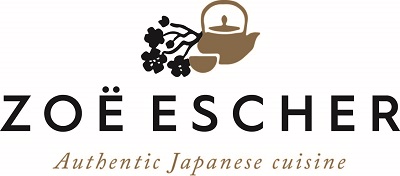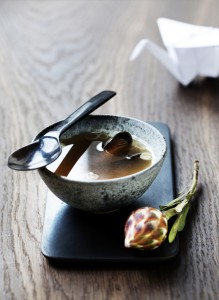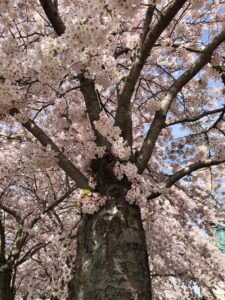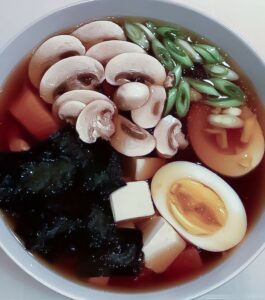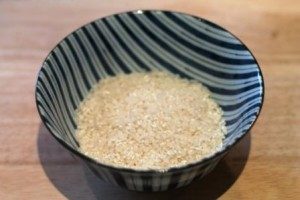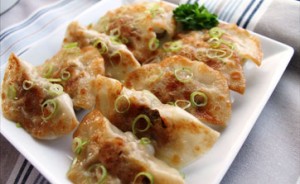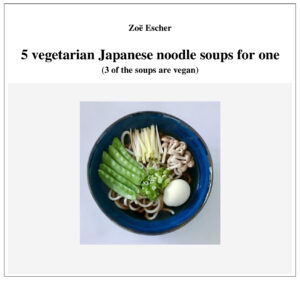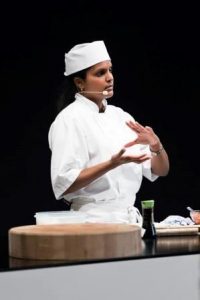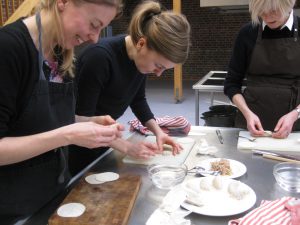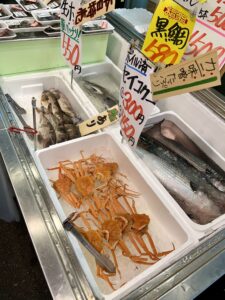
Japan is known for its love of seafood, which plays a central role in the country’s culture and Japanese cuisine.
According to statistics, the Japanese consume about 50-60 kg of fish and shellfish per person per year. This is much more compared to the global average of around 20 kg per person per year.
Fish is an essential part of the Japanese diet, and many Japanese dishes, such as sushi, sashimi, tempura, and takoyaki, have fish or shellfish as the main ingredient.
Japan’s extensive coastline and its tradition of fishing have allowed fish to become an integral part of the everyday diet.
Sushi is undoubtedly one of the most iconic Japanese dishes globally, and it is based on fresh seafood. This dish originates from an old preservation method where fish was preserved in fermented rice. Today, sushi is a culinary dish where the quality and freshness of the fish is paramount.
On the Sushi course for beginners, you learn step by step how to make tasty sushi. I also reveal how to cook sushi rice to perfection, every single time.
_
Zoë has lectured and held sushi courses for A. P. Moller – Maersk, Hugo Boss Nordic, Novo Nordisk, Novartis, Velux, Gorrissen Federspiel, Beierholm revision, Elbek & Vejrup and many more.
